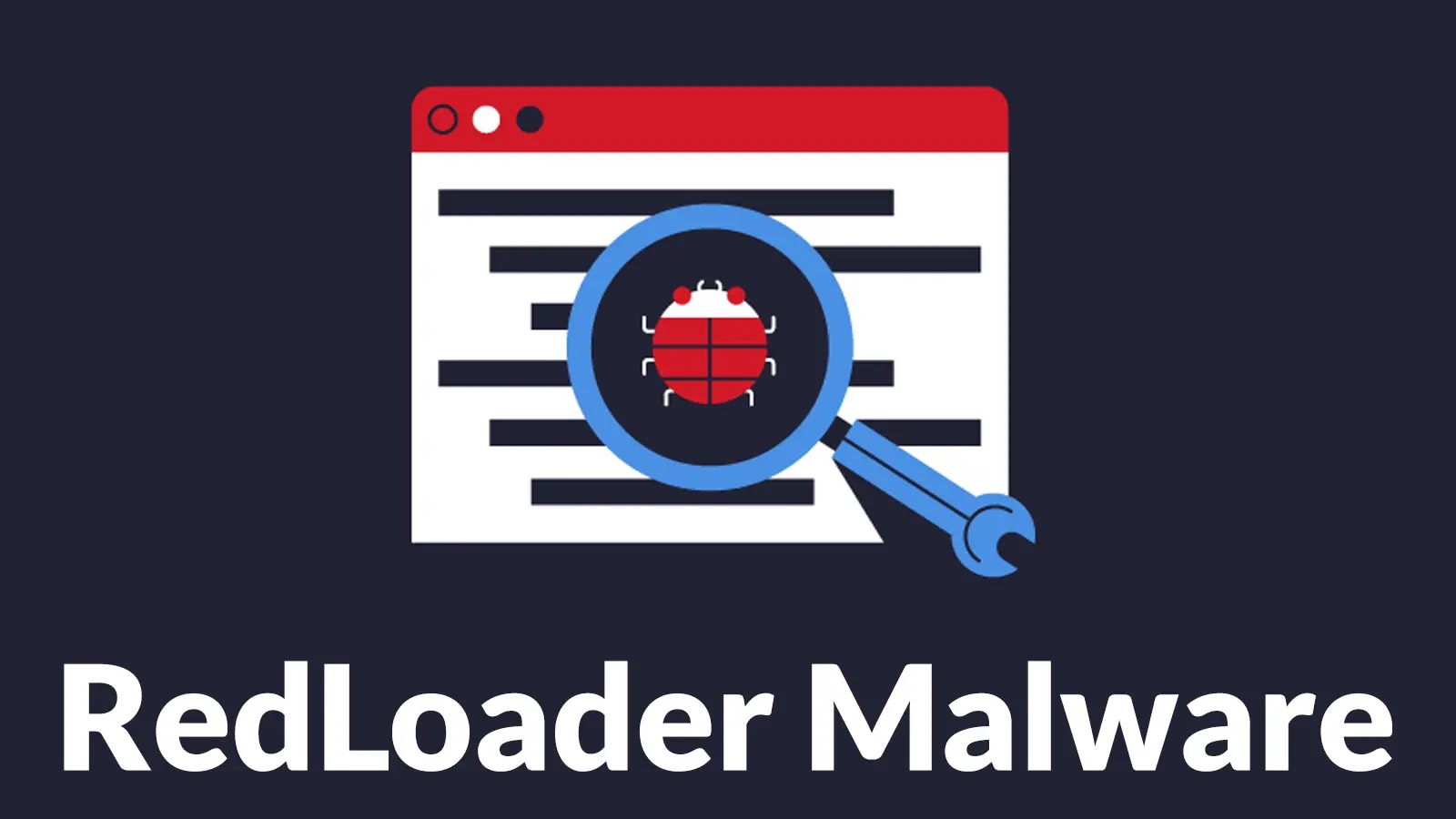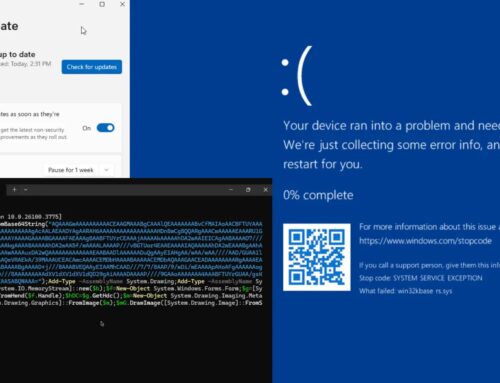
Threat Actors Weaponize LNK Files With New REMCOS Variant That Bypasses AV Engines
The digital threat landscape is in a constant state of flux, with threat actors continuously refining their methodologies to bypass hardened defenses. A recent and concerning development highlights this evolution: cybercriminals are now weaponizing seemingly innocuous Windows Shortcut (LNK) files to deploy highly sophisticated backdoors. This multi-stage campaign introduces an advanced variant of the REMCOS Remote Access Trojan (RAT) capable of successfully evading traditional antivirus detection mechanisms, establishing persistent footholds within targeted systems. This isn’t just another malware campaign; it’s a stark reminder of how adversaries exploit legitimate Windows functionality to achieve their malicious objectives, demanding a renewed focus on adaptive security strategies.
The Malicious Ingenuity of LNK File Exploitation
LNK files,
or Windows Shortcut files, are a common and legitimate operating system component used to link to applications, files, or folders. Their ubiquity and often overlooked nature make them an ideal vector for stealthy attacks. Threat actors are exploiting this inherent trust by crafting malicious LNK files that, when executed, trigger a chain of events leading to malware deployment. This method is particularly effective because security solutions often have a higher trust threshold for native OS components, making detection more challenging.
The current campaign demonstrates a sophisticated understanding of how to operationalize these files beyond simple direct execution. Instead of embedding the full payload directly, these malicious LNK files initiate a multi-stage process, designed to incrementally deliver the REMCOS variant while bypassing immediate scrutiny from endpoint detection and response (EDR) and antivirus (AV) solutions.
Anatomy of the REMCOS Campaign: A Multi-Stage Delivery
This particular campaign is notable for its multi-stage delivery architecture, a common tactic employed by advanced persistent threat (APT) groups and sophisticated cybercriminal organizations alike. While the specific initial vector (e.g., phishing email, drive-by download) isn’t detailed, the subsequent stages reveal a carefully orchestrated attack:
- Stage 1: LNK File Execution: The user initiates the malicious LNK file, often disguised as a legitimate document or application shortcut. This brief action triggers the initial phase of the infection.
- Stage 2: Loader Mechanism: Instead of directly dropping the final REMCOS payload, the LNK file typically executes a loader. This loader is often heavily obfuscated or uses legitimate system tools (Living Off The Land binaries – LOLBins) to download subsequent components. This design helps in evading signature-based detections.
- Stage 3: Advanced REMCOS Variant Delivery: The loader retrieves the new REMCOS variant. This version is specifically designed to evade AV engines through various techniques, including polymorphism, anti-analysis checks, and possibly crypters or packers that render its signature unrecognizable to traditional detection databases.
- Stage 4: Persistence and Command & Control (C2): Once deployed, REMCOS establishes persistence mechanisms on the compromised system (e.g., modifying registry keys, creating scheduled tasks) and beacons out to its C2 server. This connection allows the threat actor to remotely control the infected machine, exfiltrate data, upload additional malware, or pivot to other systems within the network.
The Elusiveness of the New REMCOS Variant
REMCOS RAT has been a persistent threat in the cybercriminal underground for years, known for its extensive capabilities, including keystroke logging, screen capture, file management, and webcam access. The “new variant” signifies a significant upgrade in its stealth capabilities. The success in bypassing mainstream AV engines suggests the use of advanced evasion techniques such as:
- Polymorphism and Metamorphism: Constantly changing its code or structure to avoid signature-based detection.
- Anti-Analysis Techniques: Detecting virtualized environments or debuggers and altering its behavior to avoid detection by security researchers.
- Process Hollowing/Injection: Injecting malicious code into legitimate processes, making it harder for security tools to distinguish malicious activity from normal system operations.
- Obfuscated C2 Communications: Encrypting or blending C2 traffic with legitimate network traffic to bypass network security monitoring.
While a specific CVE number associated with this specific REMCOS campaign or its LNK file exploitation method isn’t widely published, the underlying techniques often leverage general shortcomings in traditional security models. Such tactics demonstrate the need for a layered security approach that goes beyond signature-based detection.
Remediation Actions and Proactive Defenses
Combating sophisticated threats like this REMCOS variant requires a multi-faceted approach, integrating robust security practices, advanced technical controls, and continuous user education:
- Endpoint Detection and Response (EDR): Deploy and meticulously configure EDR solutions. EDR systems can detect anomalous behaviors, process injection, and suspicious network connections that static AV solutions might miss, providing real-time visibility into endpoint activities.
- Behavioral Analysis: Prioritize security tools that employ behavioral analysis. These tools can identify the malicious multi-stage execution patterns, even if the individual components are unknown or polymorphic.
- Regular Software Updating & Patching: Ensure all operating systems, applications, and security software are kept up-to-date with the latest security patches. This mitigates vulnerabilities that might be exploited as initial access vectors for LNK file delivery.
- User Education & Awareness: Train users to recognize and avoid suspicious LNK files, particularly those received via email, instant messaging, or untrusted sources. Emphasize caution with attachments and downloads.
- Least Privilege Principle: Implement the principle of least privilege. Users should only have the minimum necessary access rights to perform their job functions, limiting the potential damage if an account is compromised.
- Network Segmentation: Segment your network to contain the potential spread of malware. If a system is compromised, network segmentation can prevent the threat actor from easily moving laterally to other critical assets.
- Application Whitelisting: Consider implementing application whitelisting to control which executables are permitted to run on endpoints. This can prevent unauthorized programs, including unknown malware variants, from executing.
- Aggressive Threat Hunting: Regularly conduct proactive threat hunting exercises, specifically looking for anomalous LNK file creations, unusual process parent-child relationships, and suspicious outbound connections.
Relevant Tools for Detection and Mitigation
| Tool Name | Purpose | Link |
|---|---|---|
| Sysmon | Advanced logging for behavioral analysis and LNK file creation monitoring. | https://learn.microsoft.com/en-us/sysinternals/downloads/sysmon |
| Elastic Security (SIEM/EDR) | Endpoint detection, response, and behavioral analysis. | https://www.elastic.co/security/ |
| Osquery | Endpoint visibility and SQL-based querying for suspicious LNK activity. | https://osquery.io/ |
| Cuckoo Sandbox | Automated malware analysis sandbox for safely observing LNK file execution and payload behavior. | https://cuckoosandbox.org/ |
Conclusion: Adapting to the Evolving Threat Landscape
The weaponization of LNK files to deliver sophisticated REMCOS variants that bypass traditional antivirus engines serves as a critical warning. Threat actors are continually pushing the boundaries of their ingenuity, exploiting legitimate system functionalities and developing advanced evasion techniques. For cybersecurity professionals, this means moving beyond static signature-based defenses and embracing a more dynamic, behavior-centric approach. Comprehensive endpoint visibility, robust EDR capabilities, continuous threat intelligence, and user empowerment through education are no longer optional extras but fundamental pillars of a resilient security posture. Staying ahead requires vigilance, adaptability, and a proactive stance against ever-evolving digital threats.





